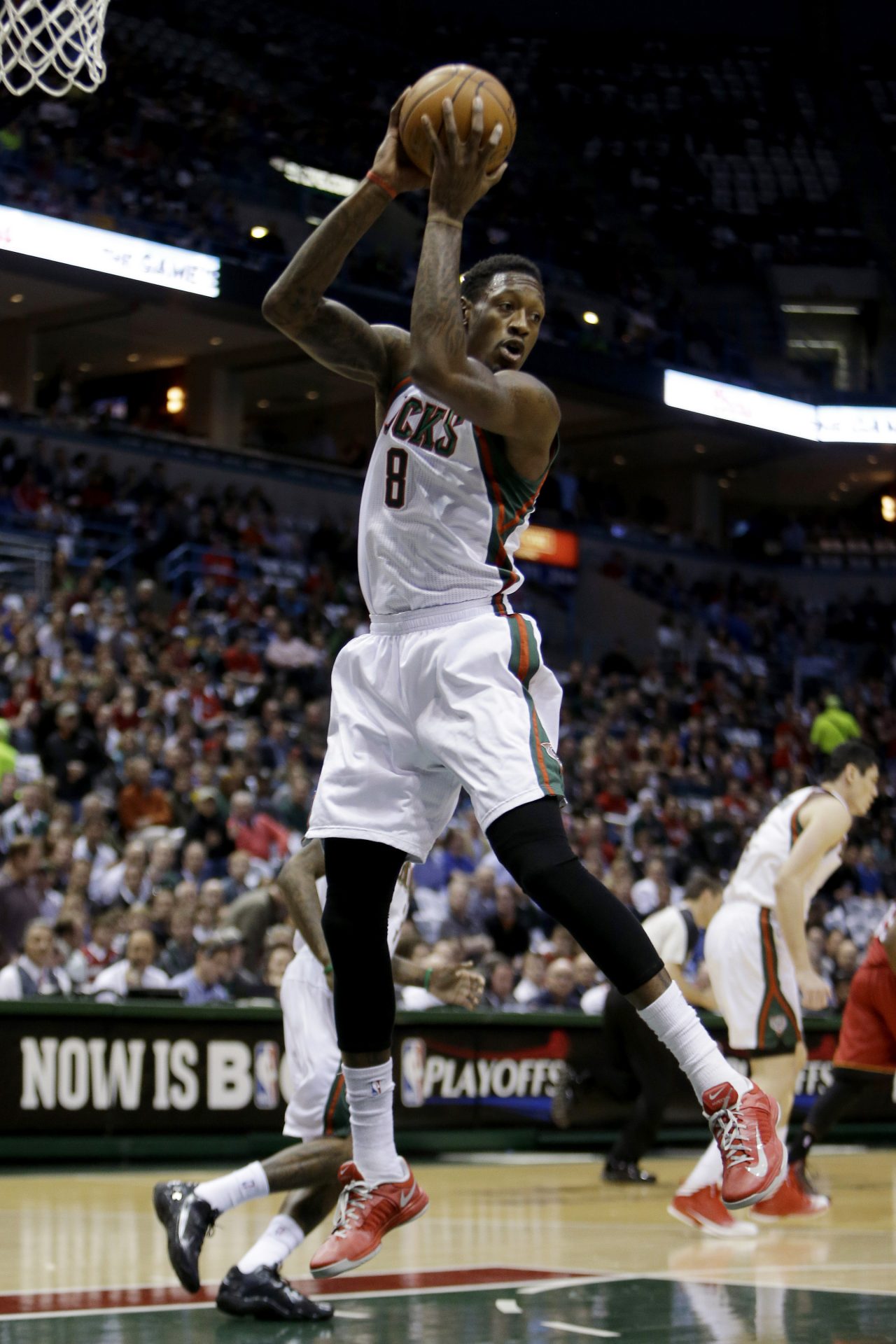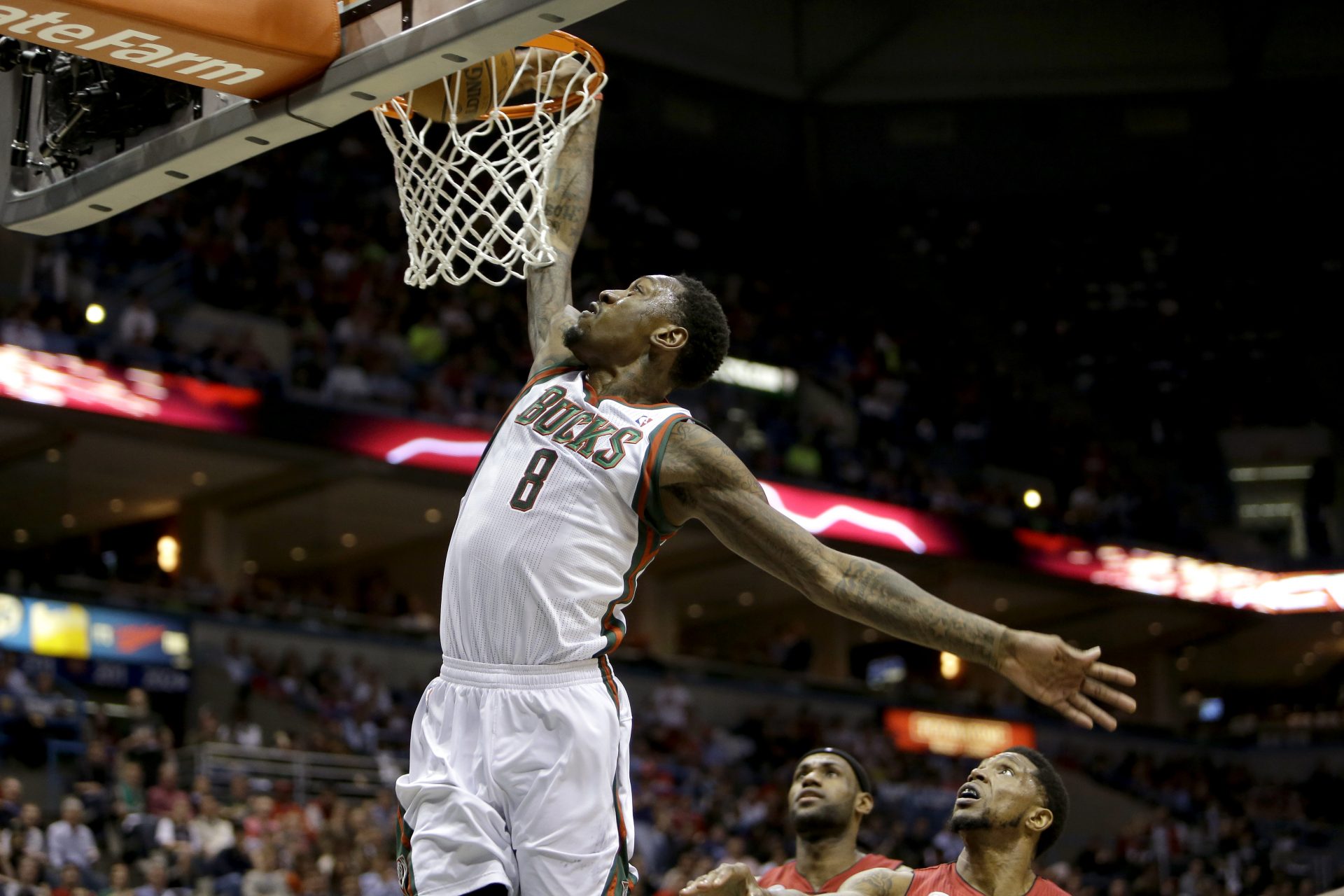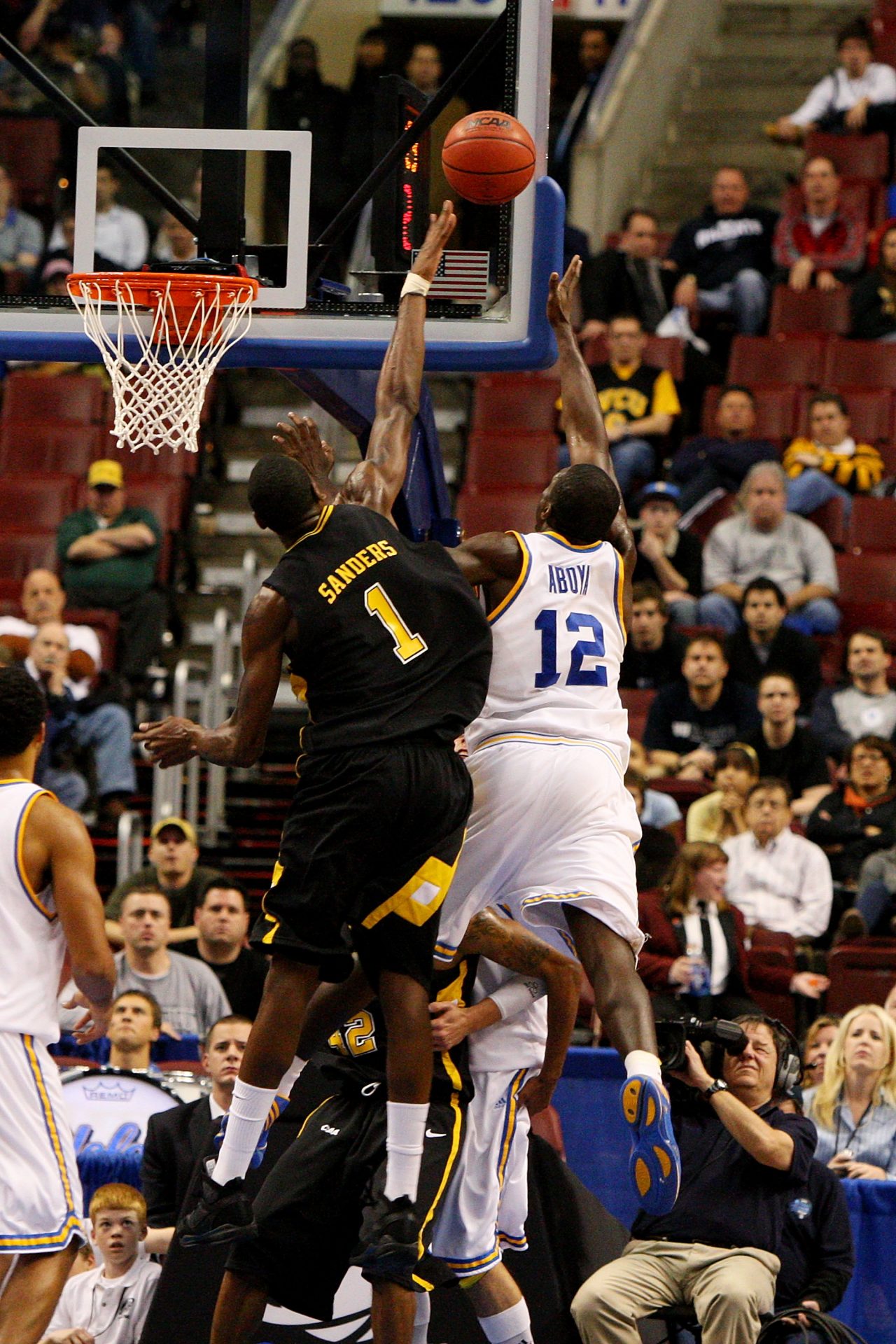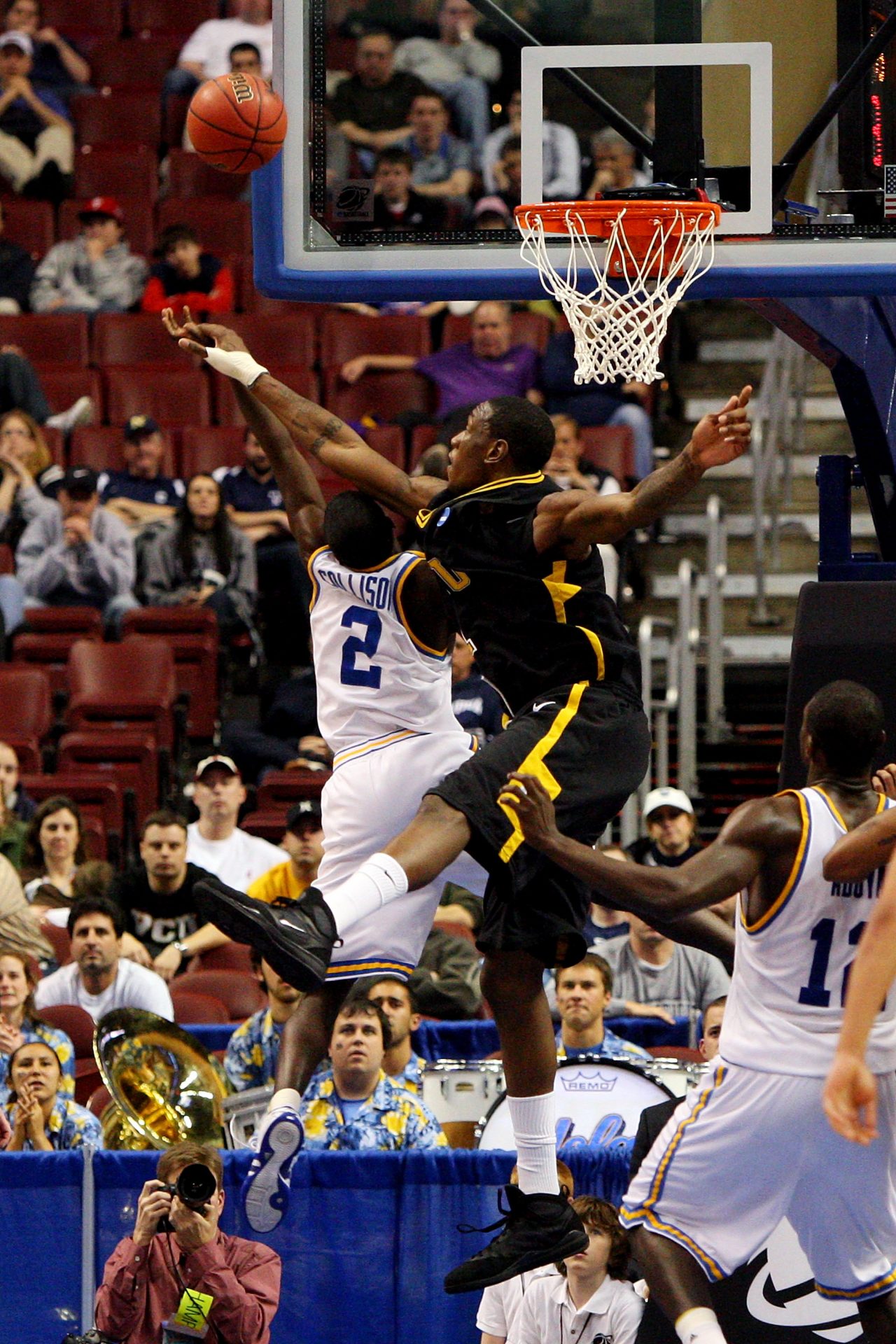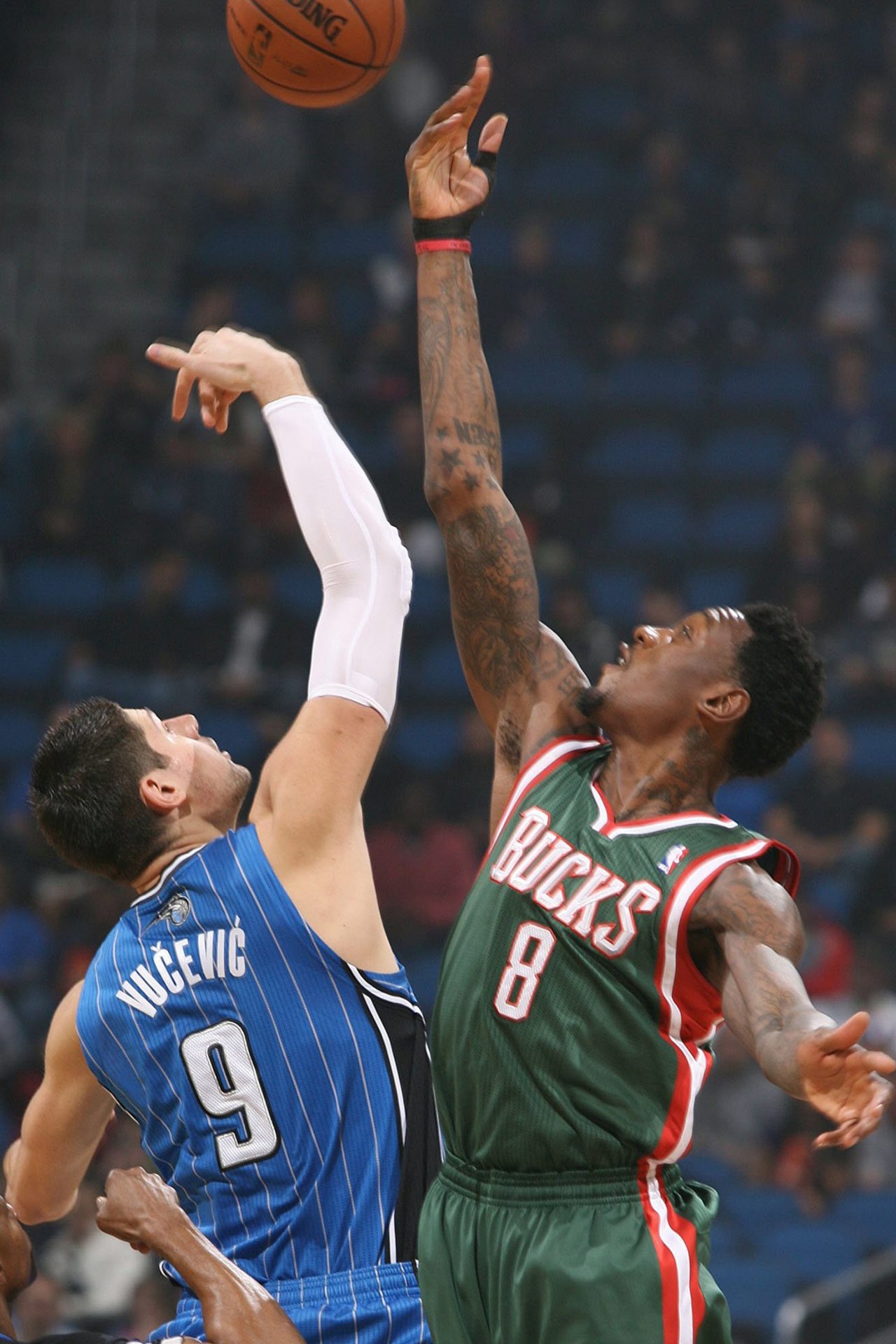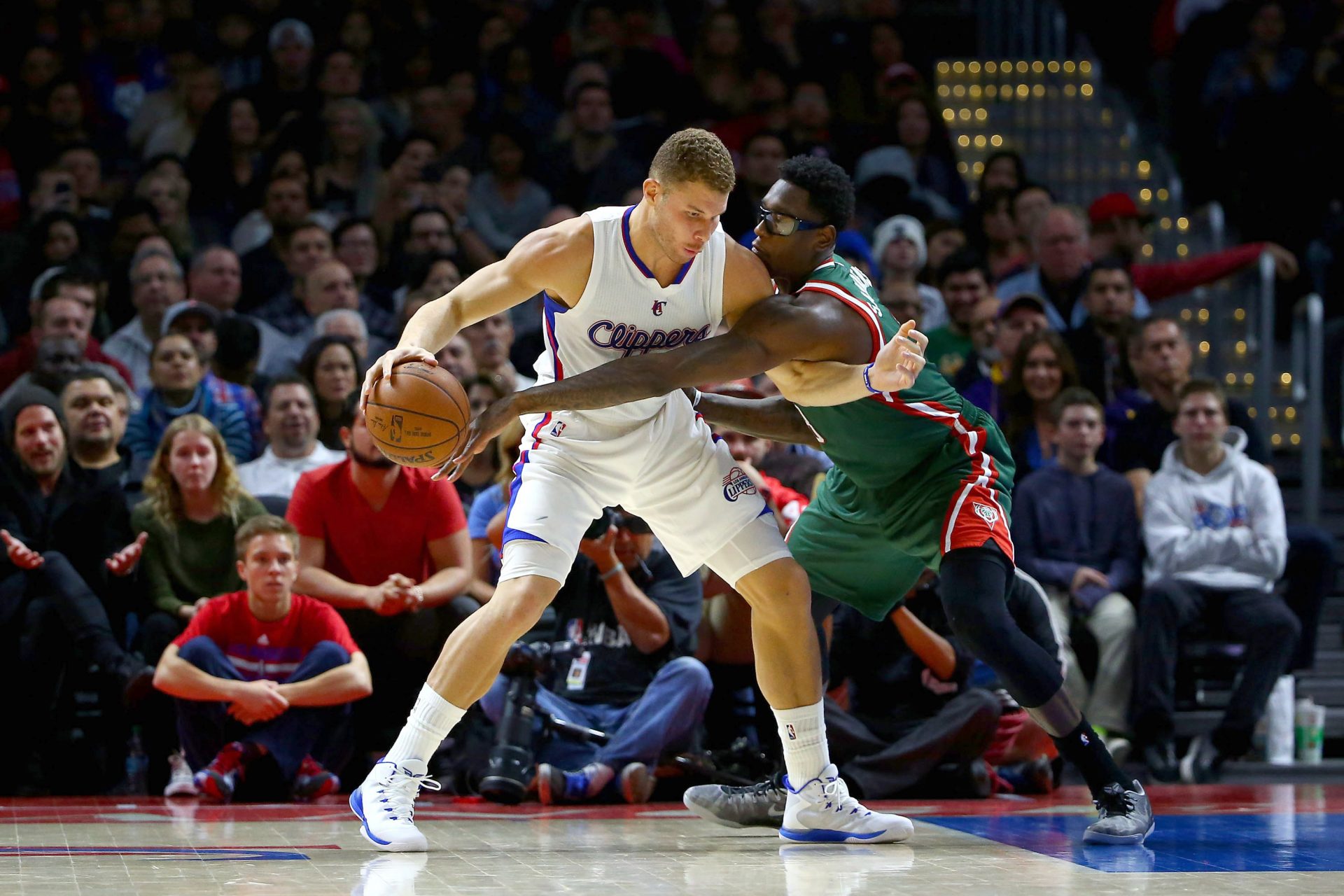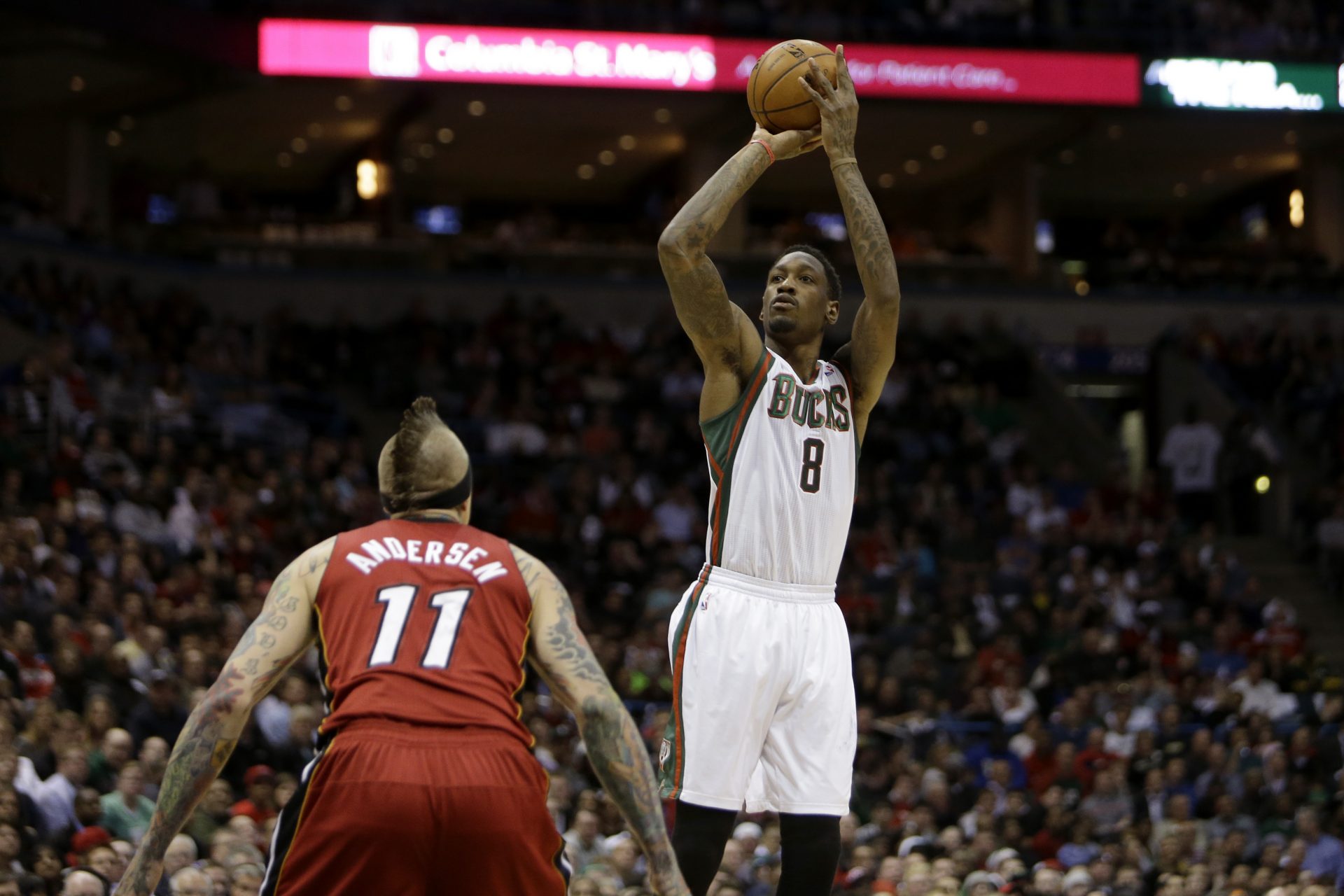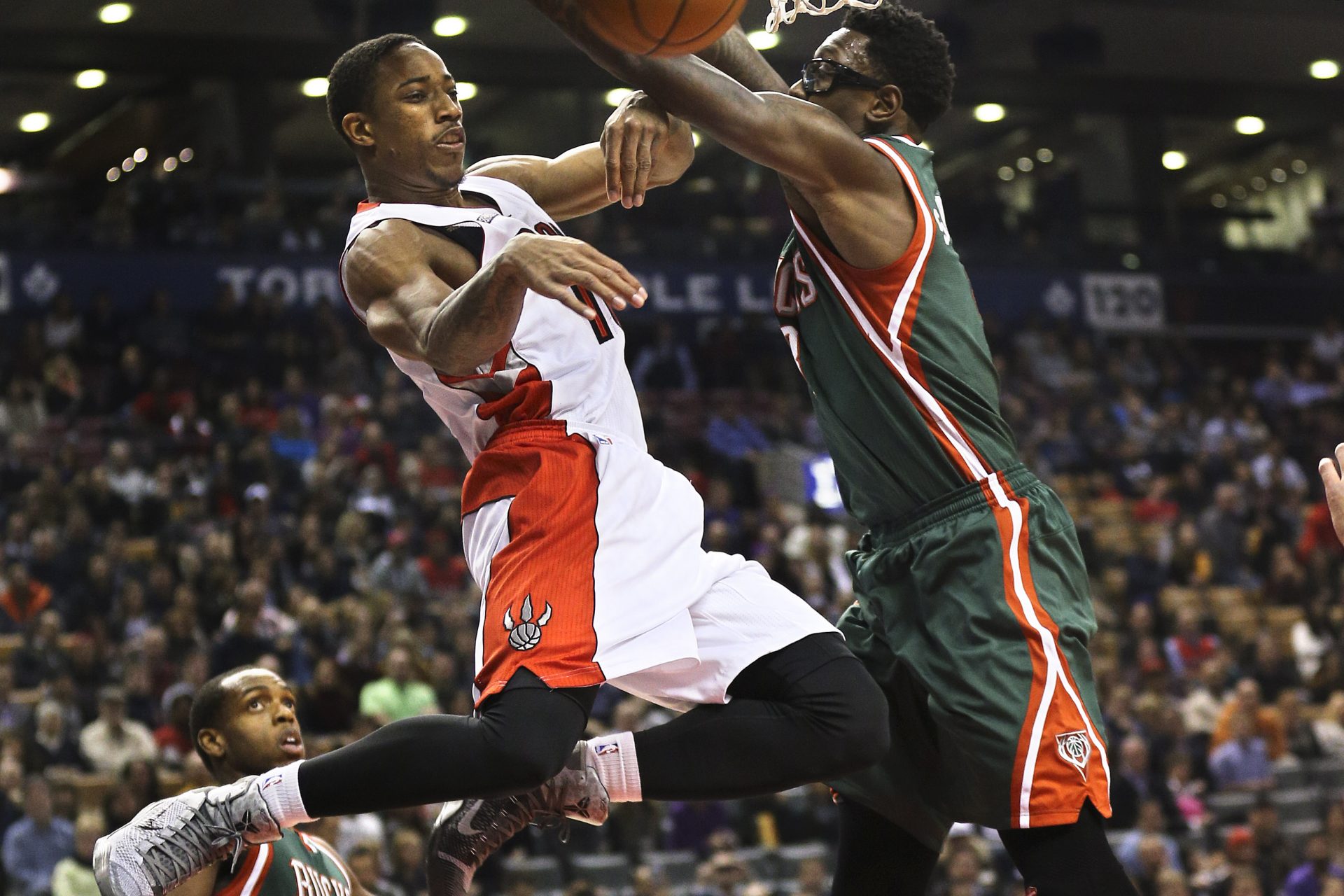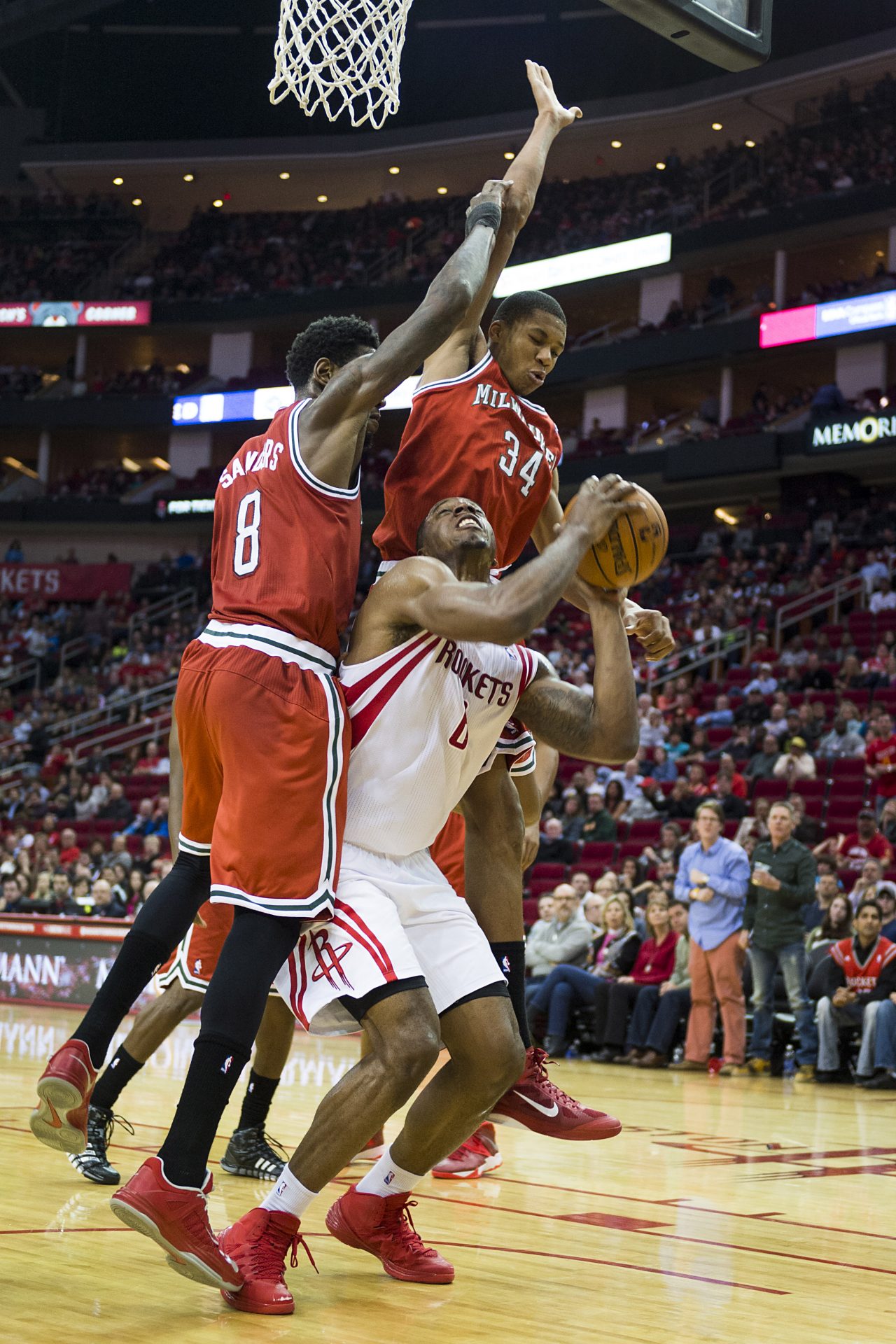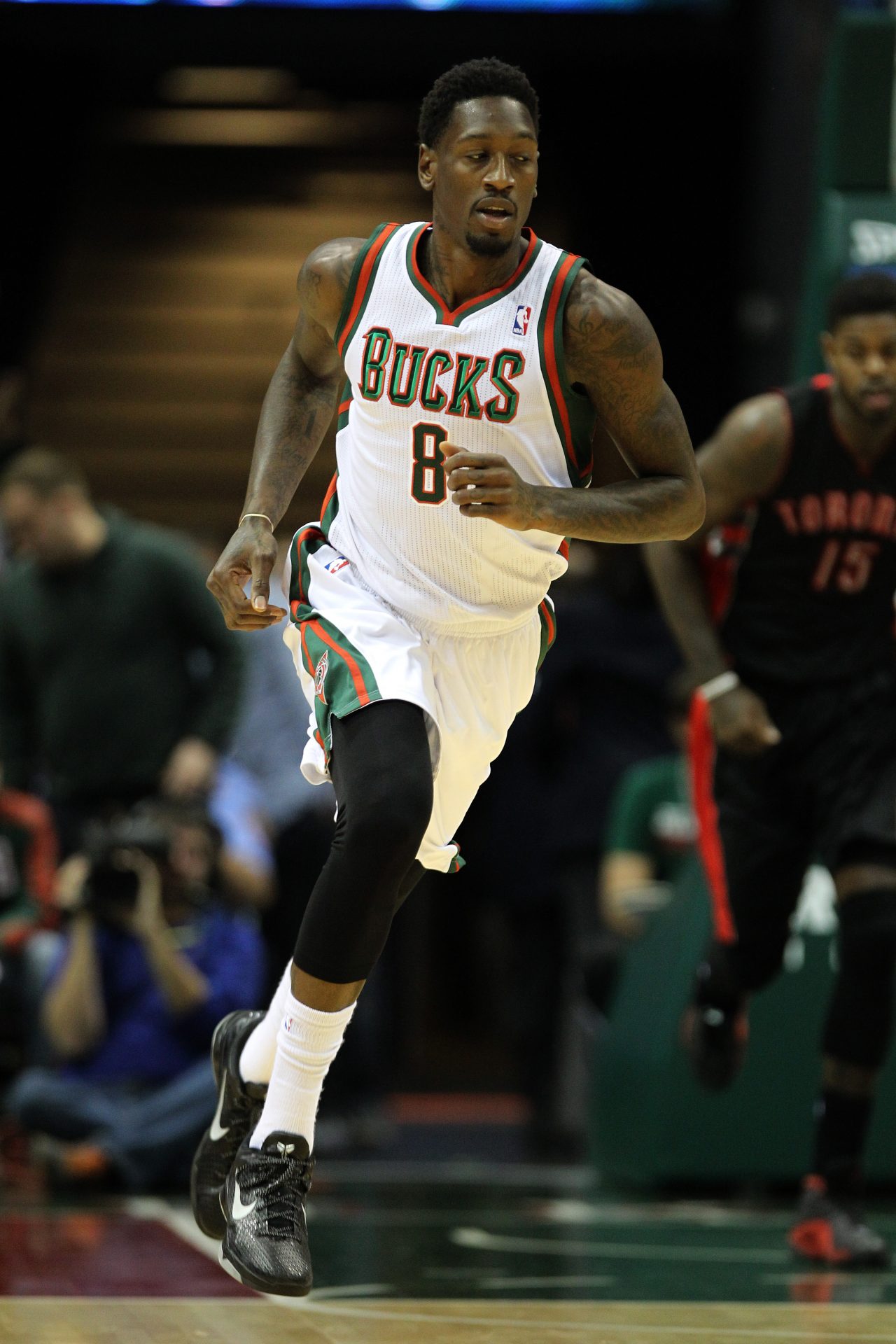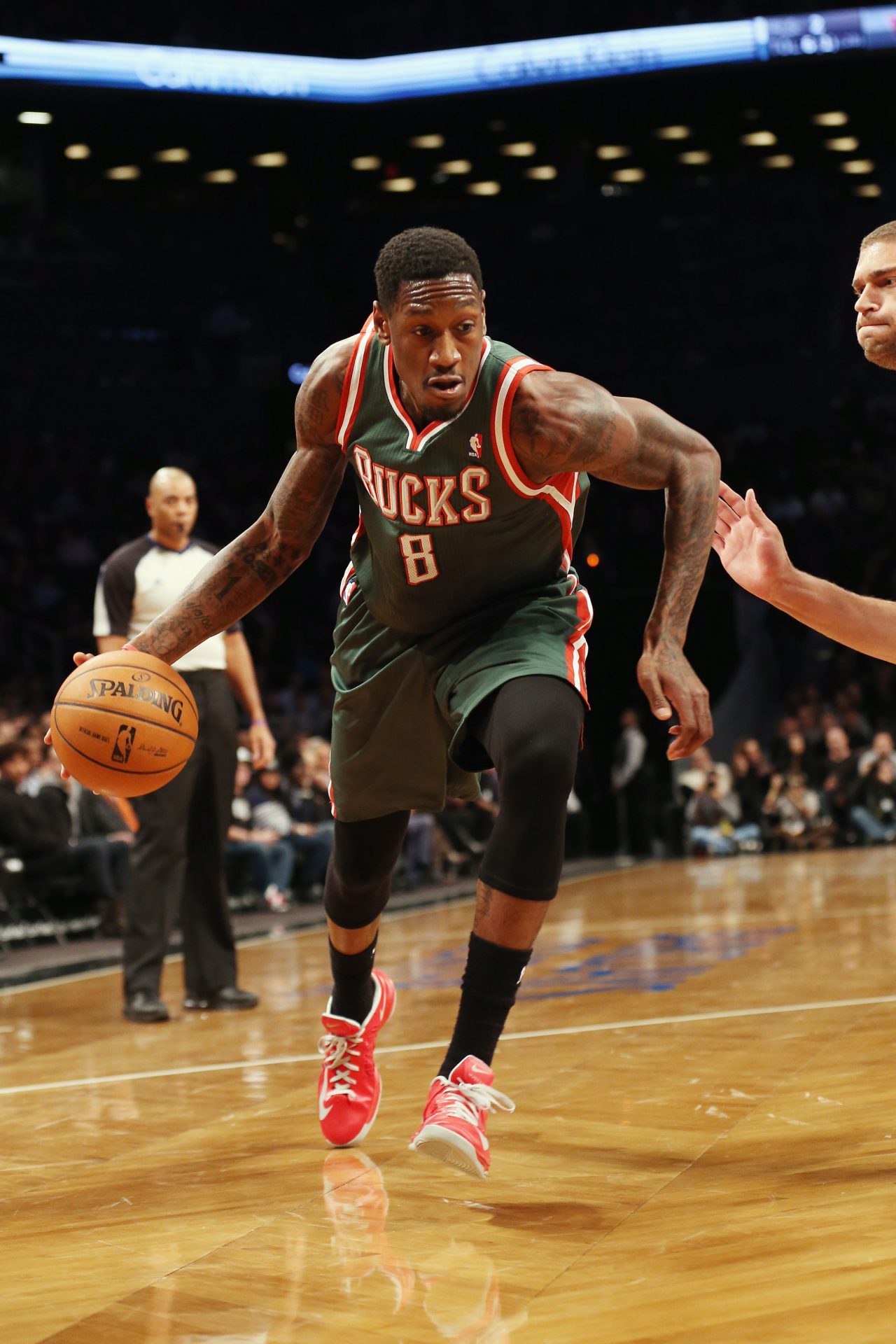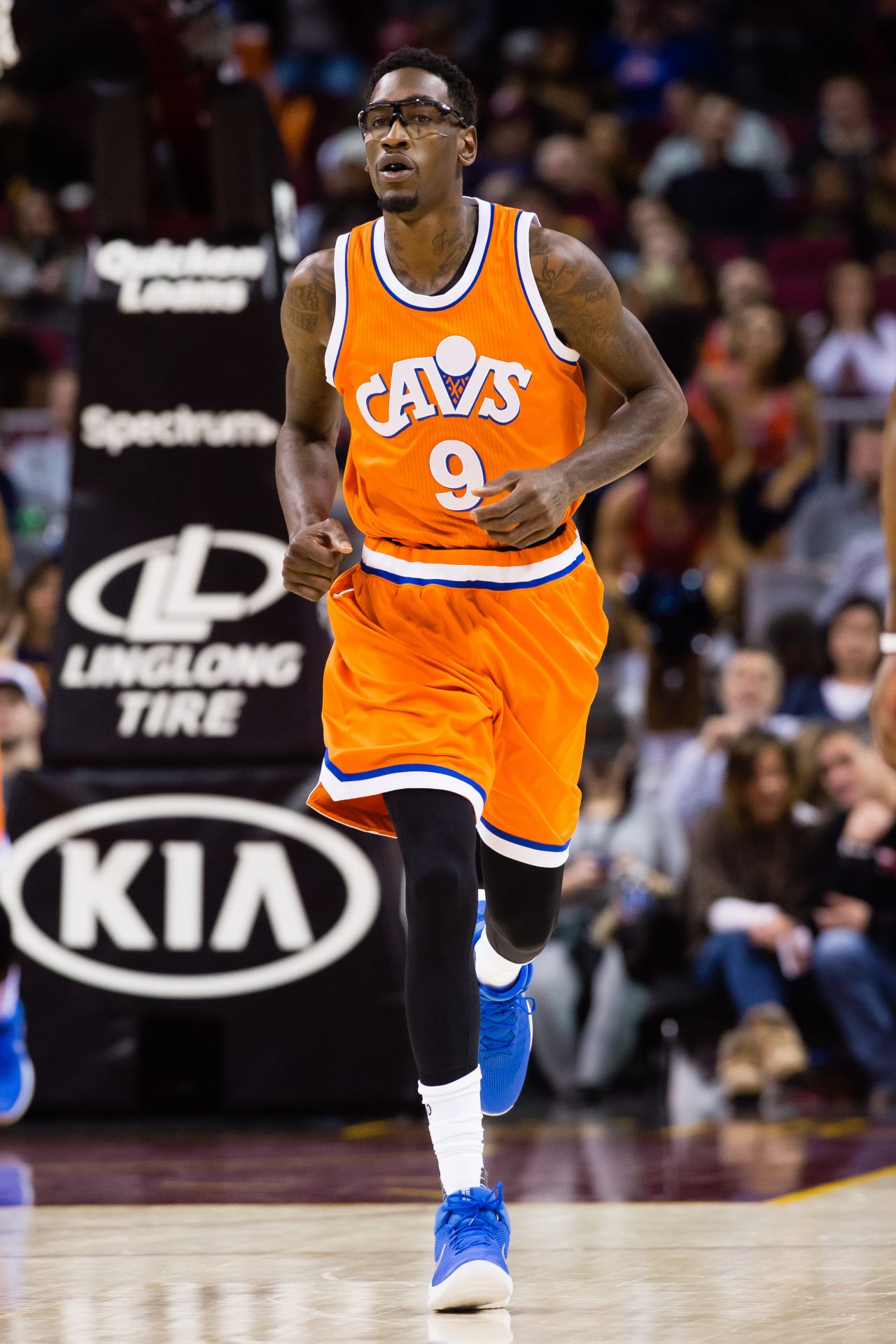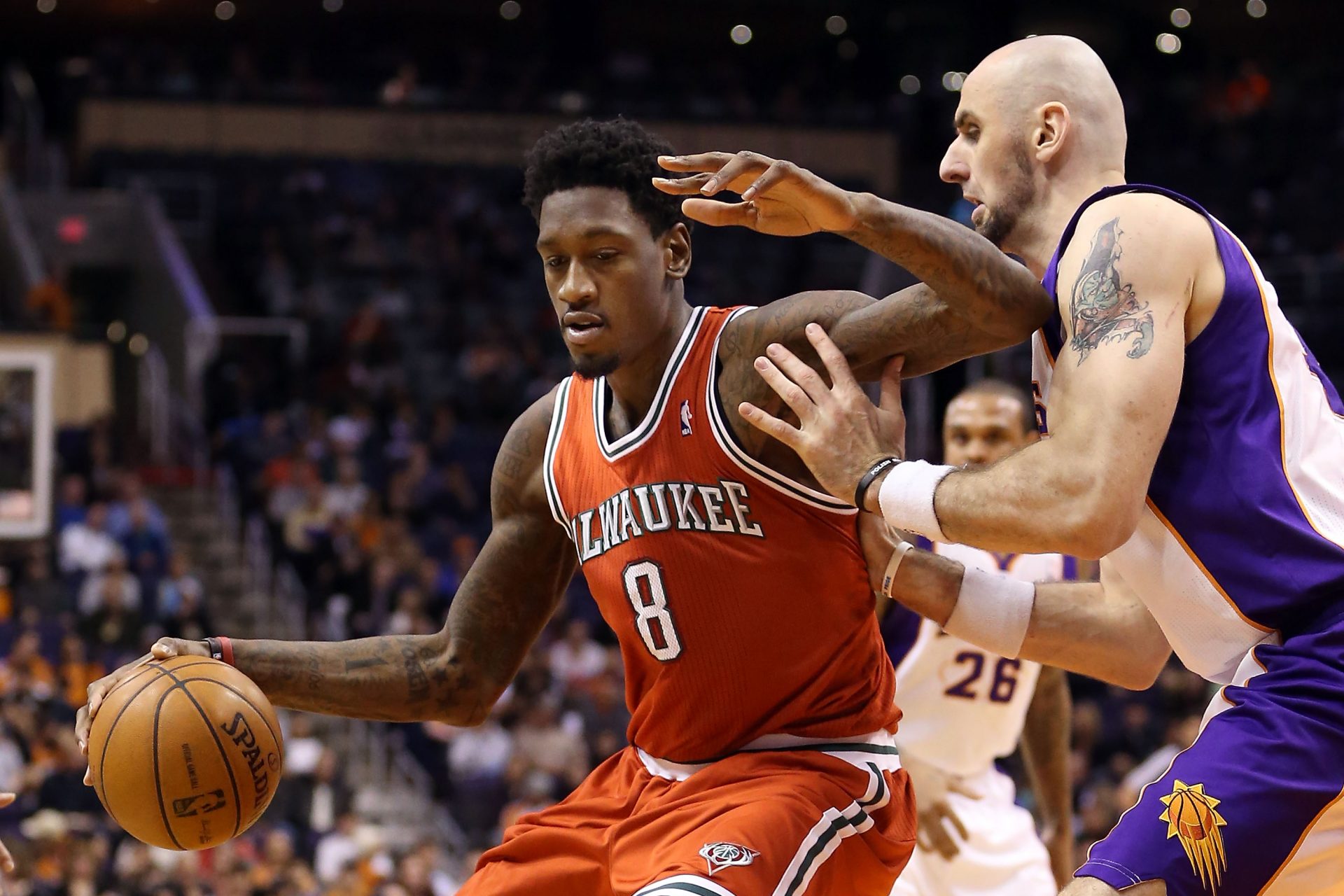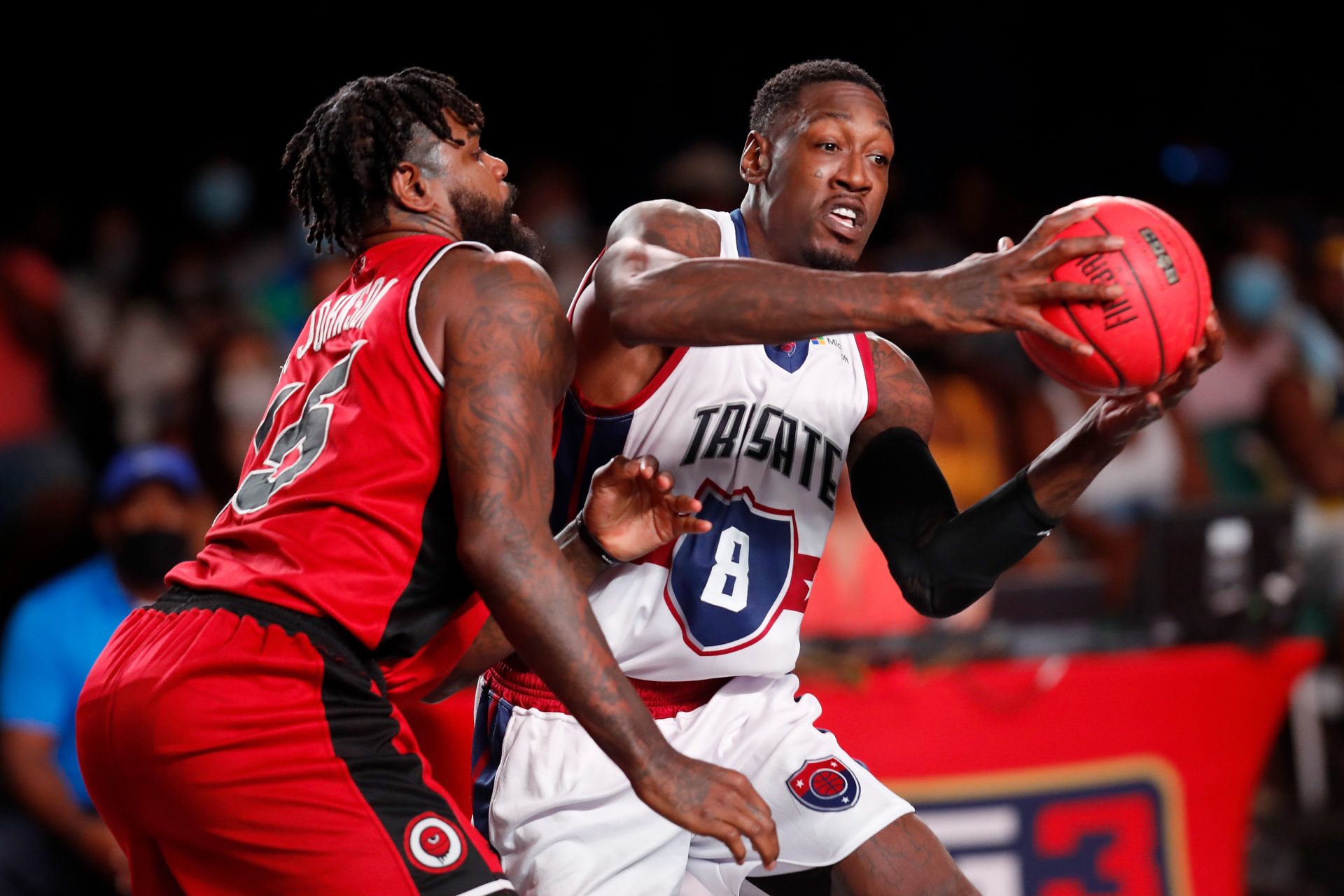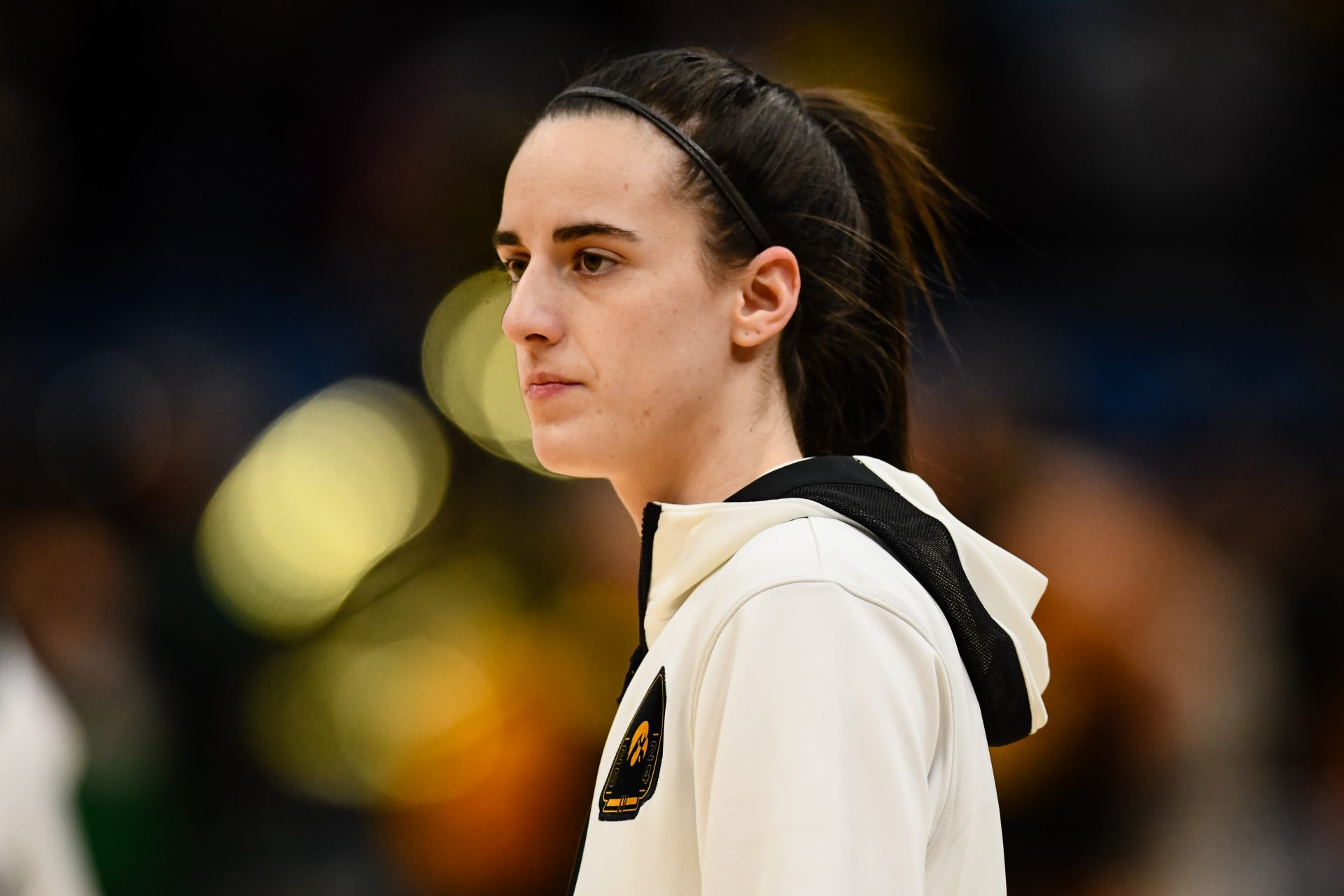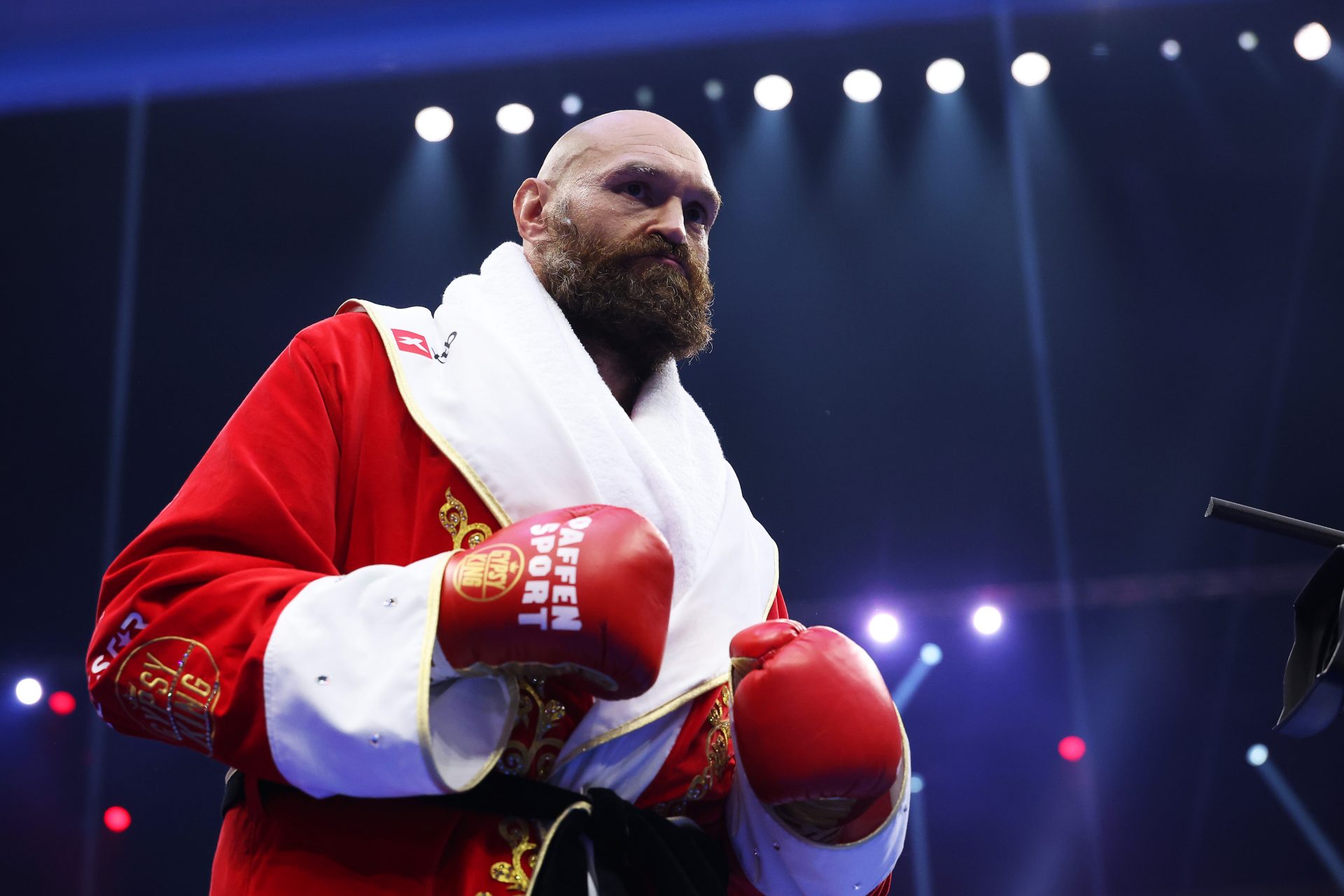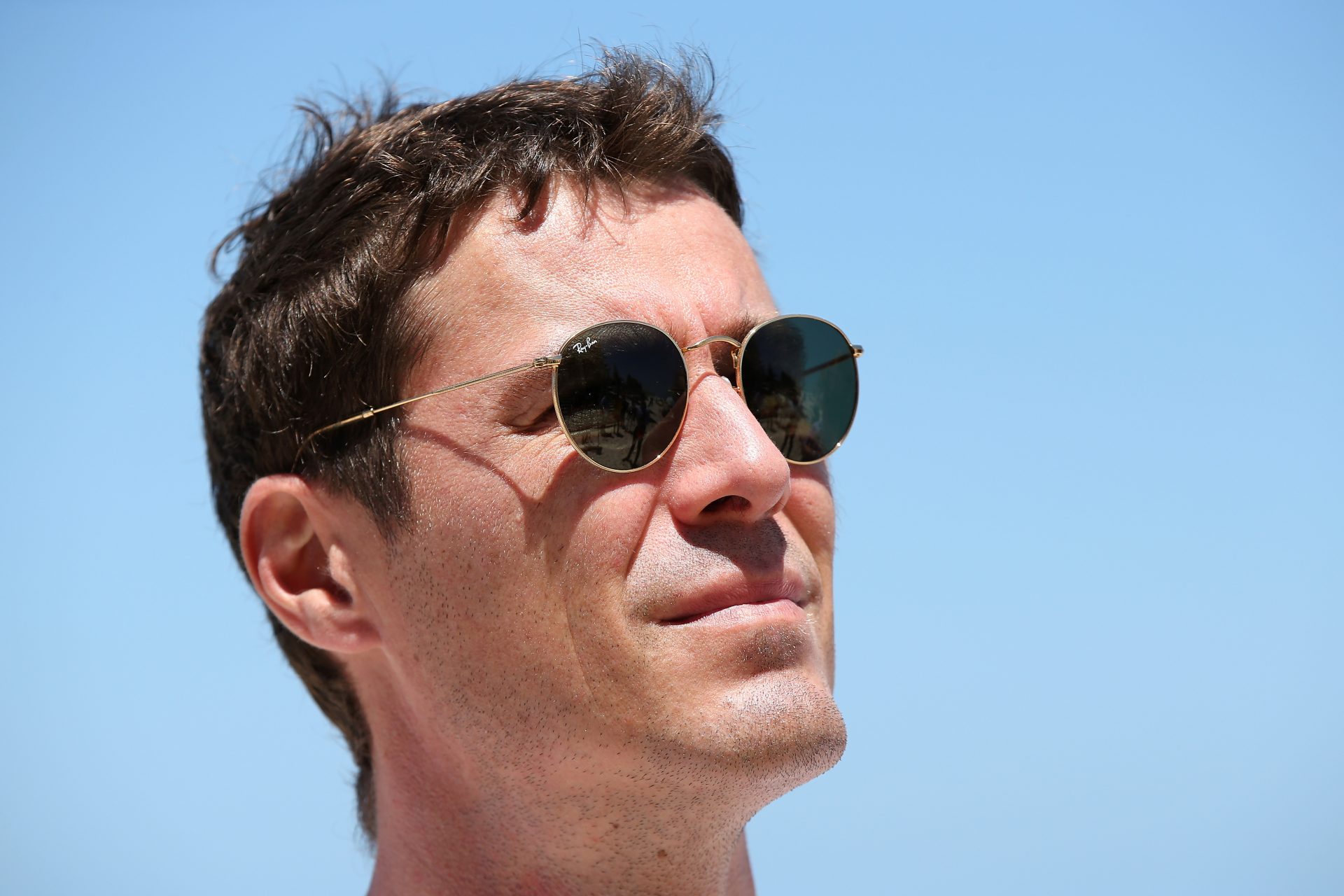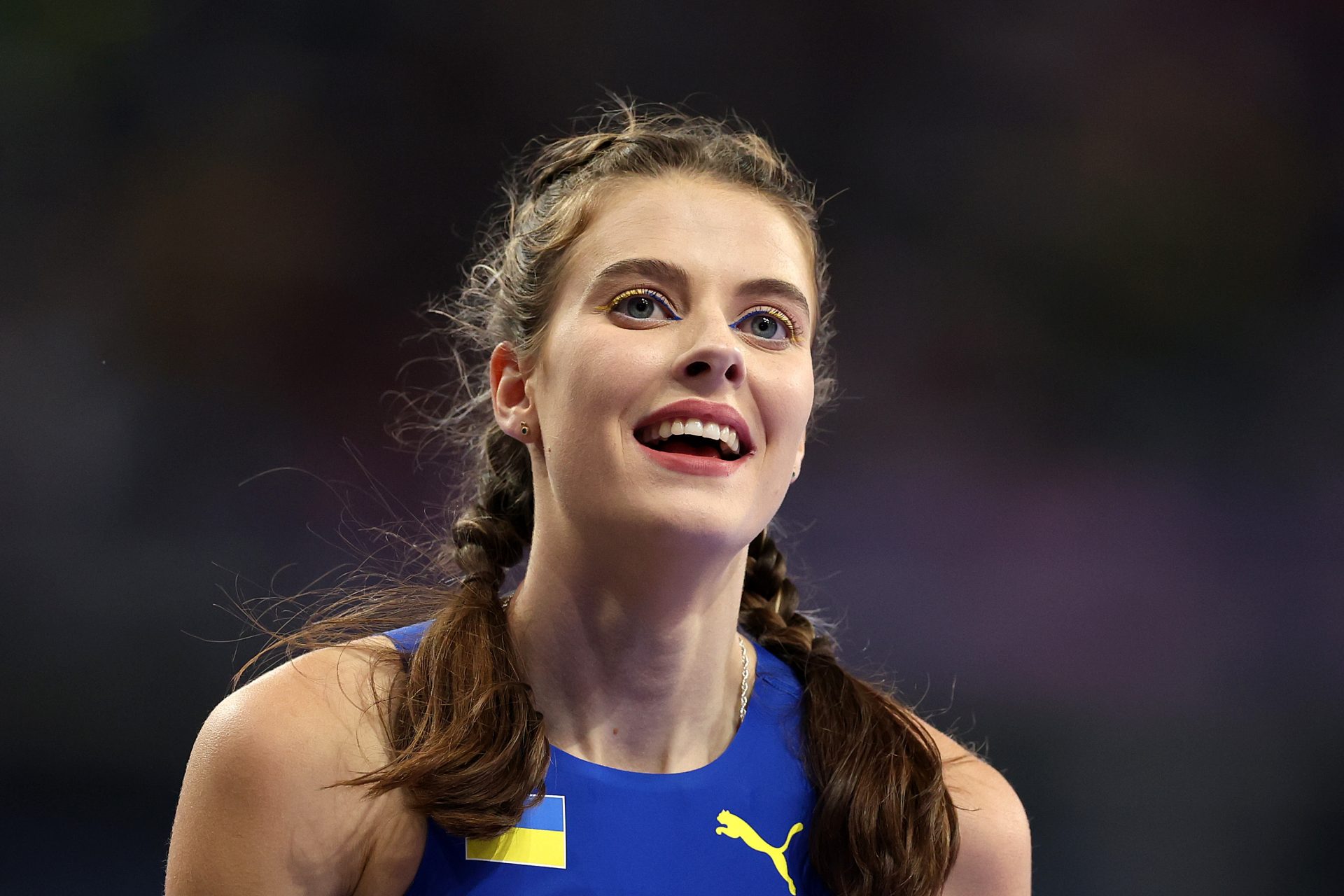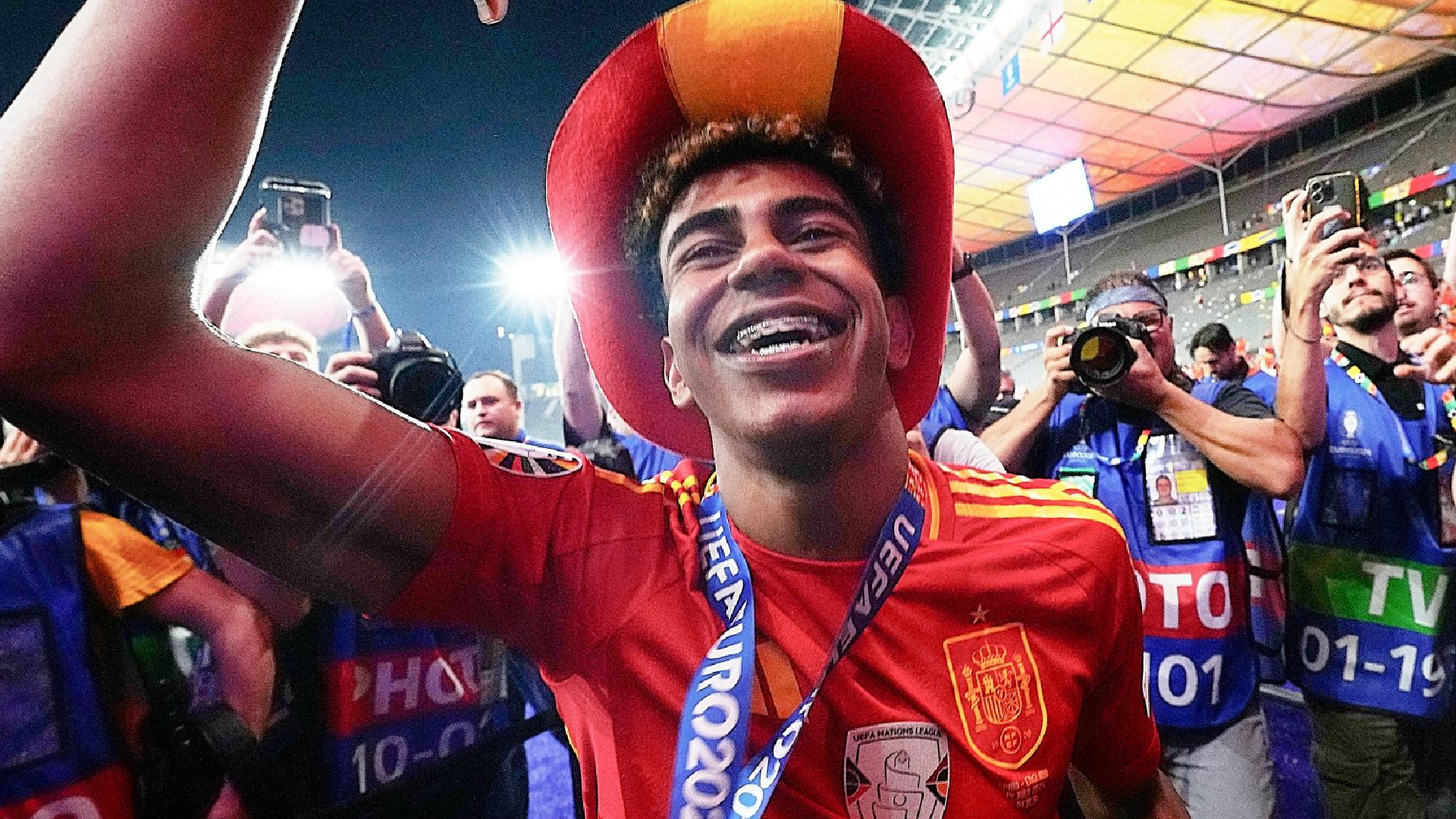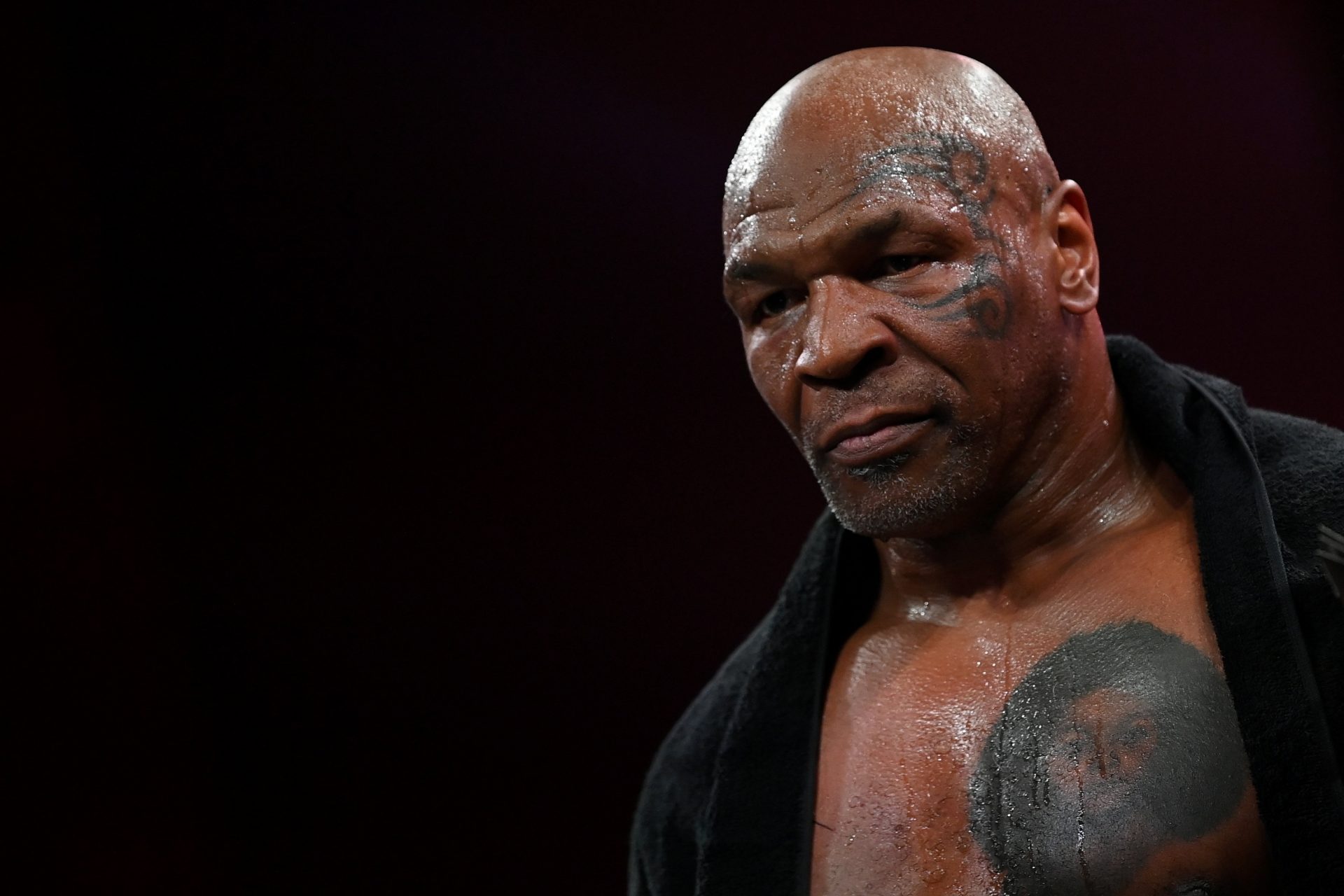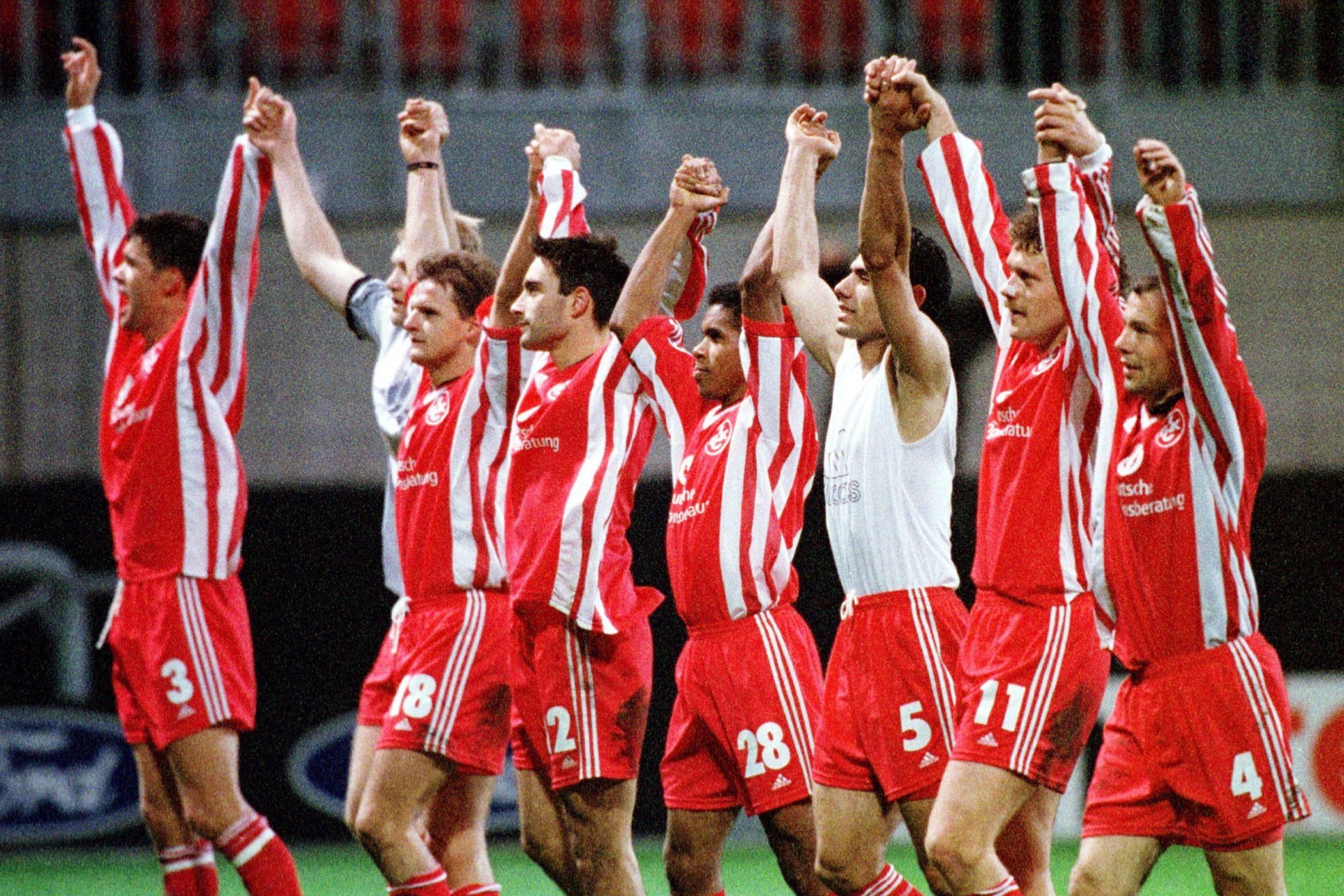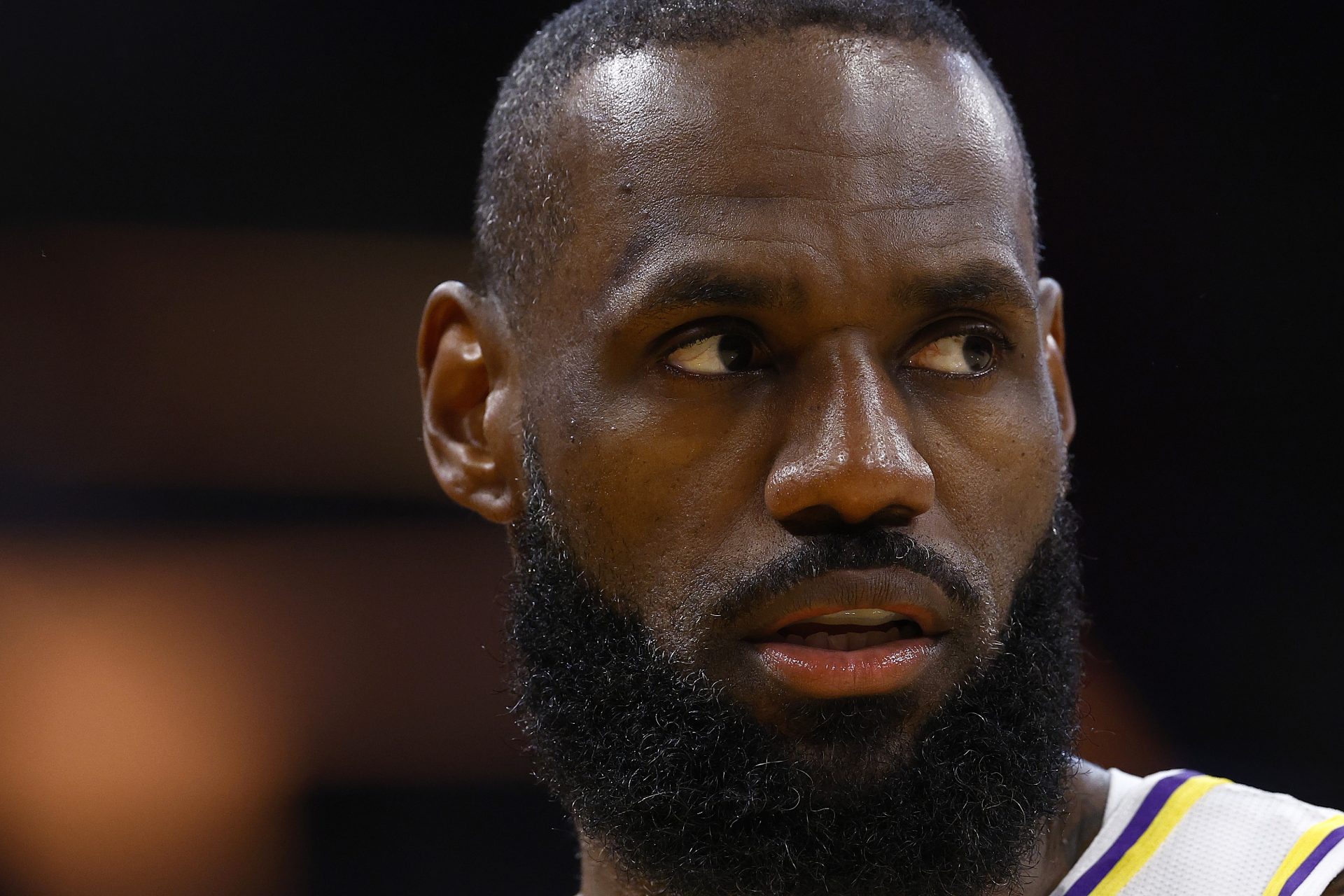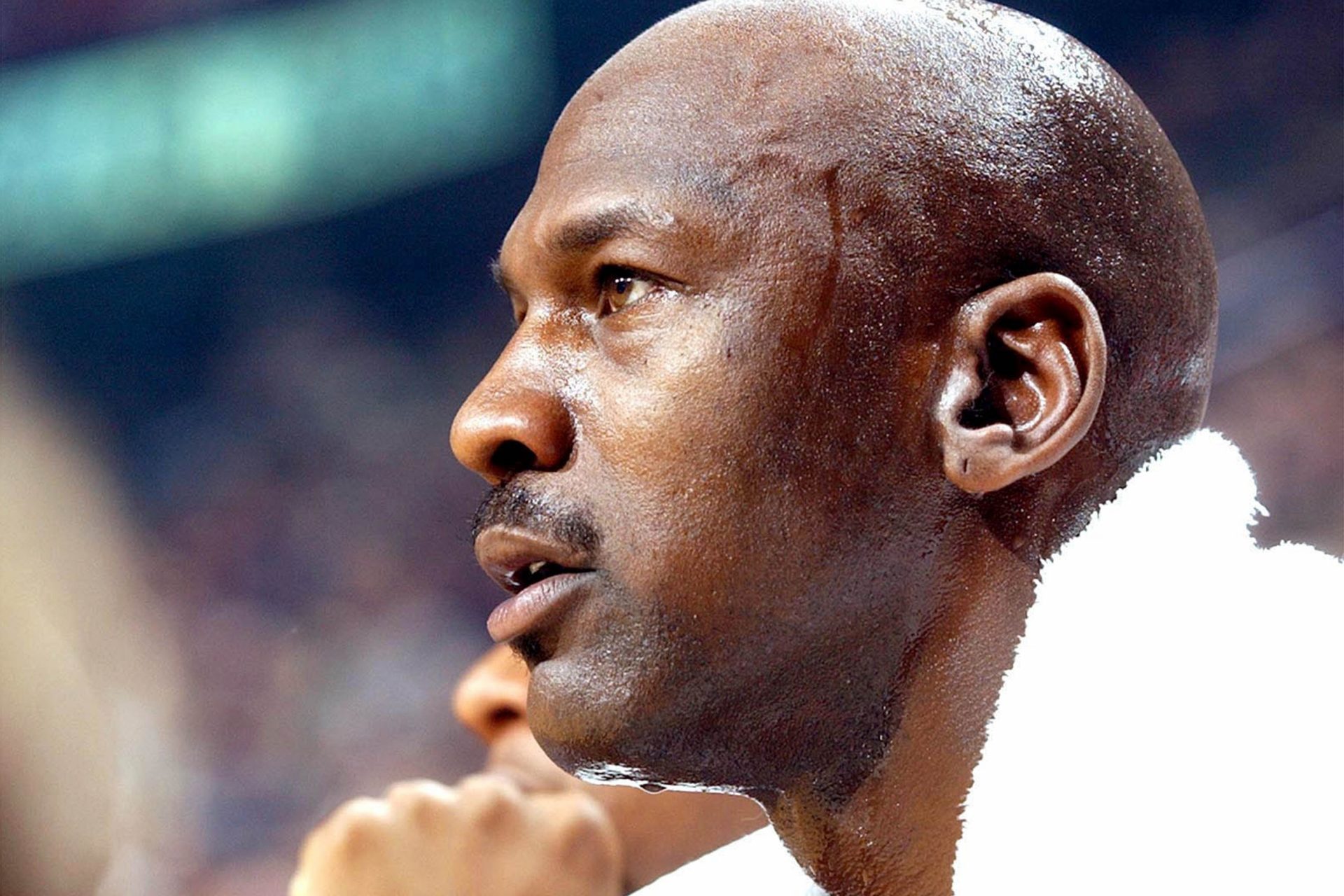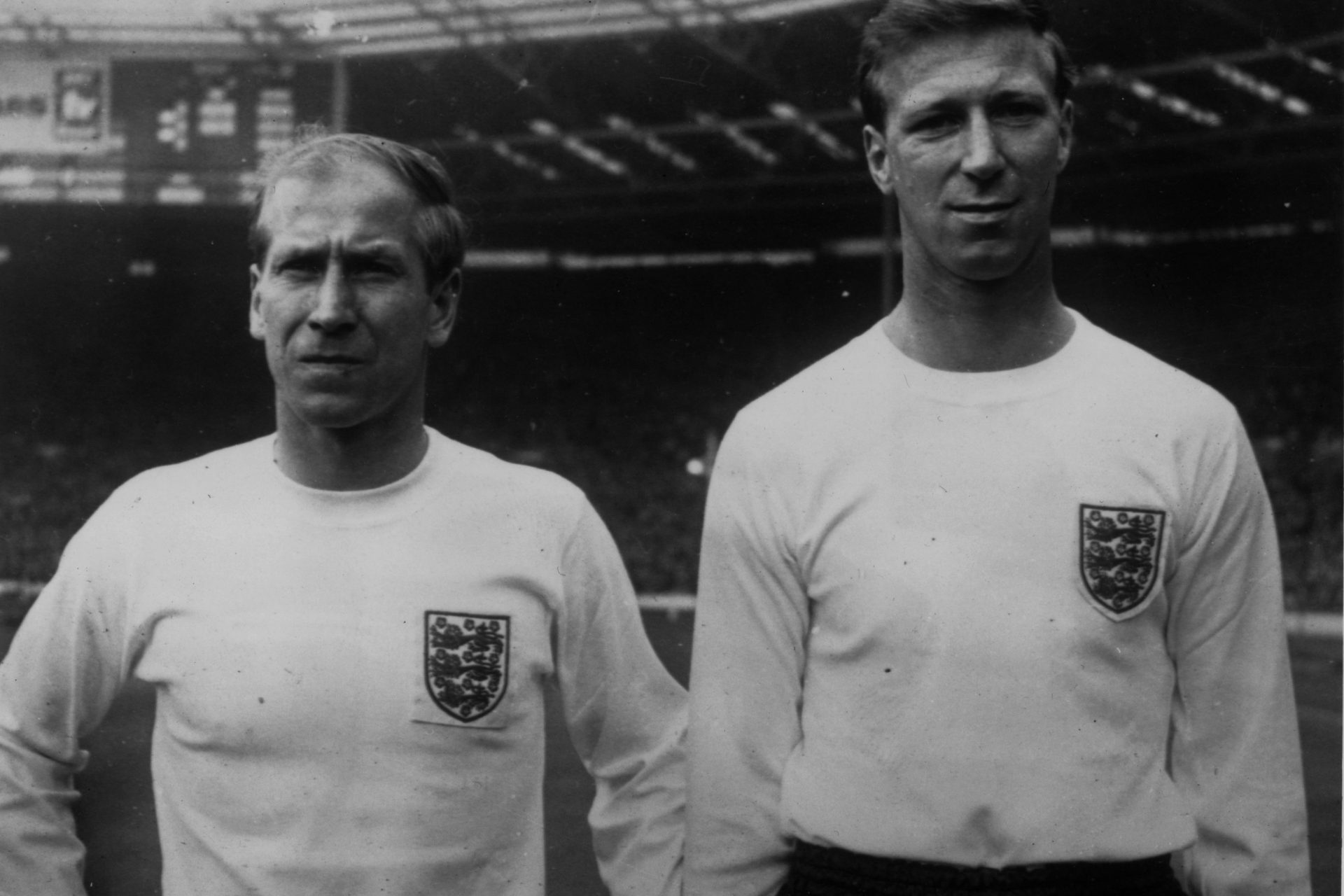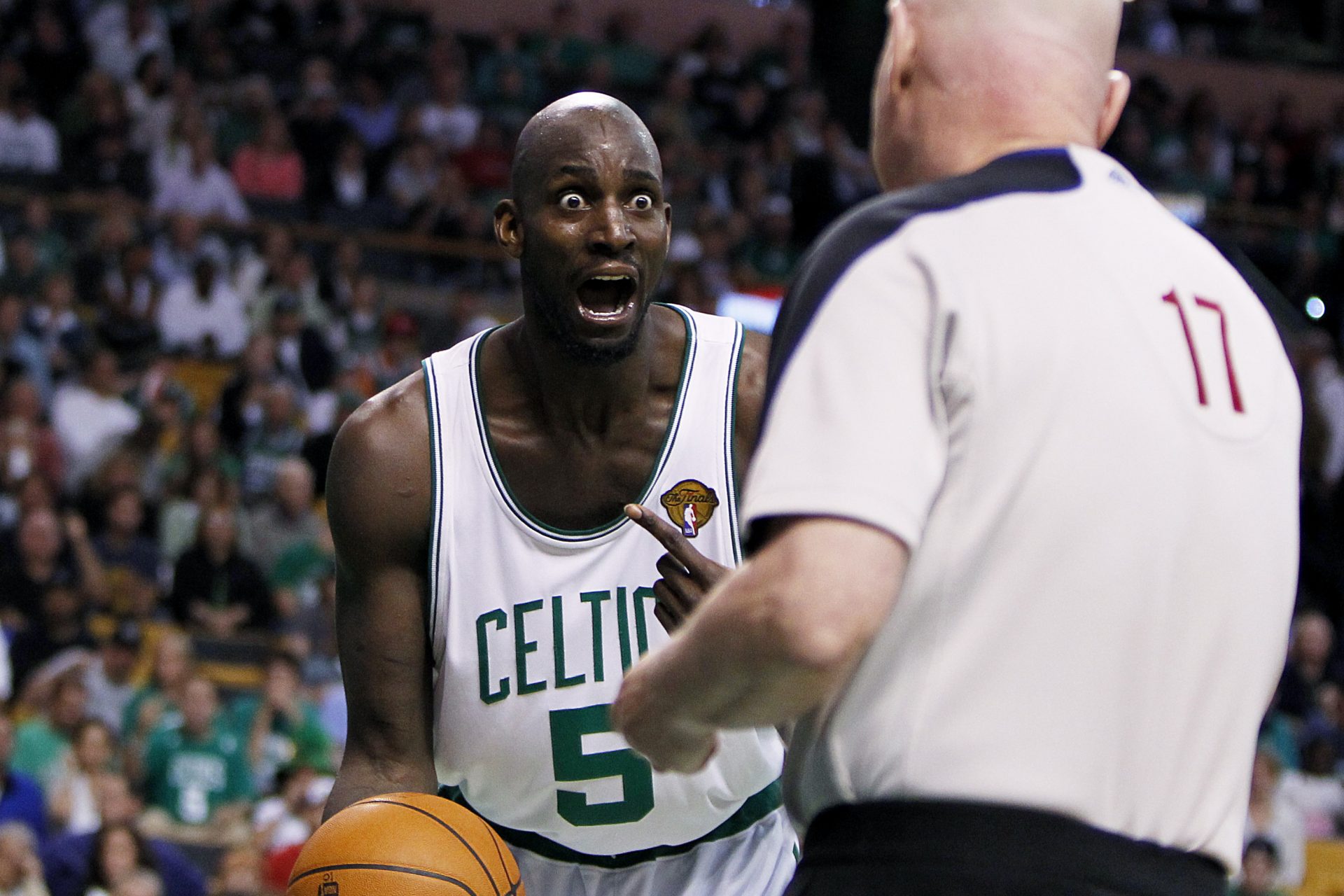What happened to former NBA player Larry Sanders? Mental health challenges and failed substance tests
Even though the NBA has shifted towards perimeter play in the last decade, there’s still plenty of room for a player who makes his living in the paint. Larry Sanders was well on his way to being a rim protector and rebound collector for a long time in the NBA, but mental health concerns and marijuana preferences led him to exit the league at a young age. All statistics sourced from Basketball Reference.
Dating back to his time as a kid in Fort Pierce, Florida, Sanders dealt with anxiety. He told NBC Bay Area that he would often cry all night at his grandmother’s house when his mother would leave him there.
The separation would eat at Sanders so much that he would be unable to focus on anything else, according to the NBC Bay Area story.
Want to see more like this? Follow us here for daily sports news, profiles and analysis!
Despite the personal battles he faced, Sanders’ play on the basketball court allowed him to become a star at Virginia Commonwealth University. He was named to the CAA All-Defense team three times, and won the league’s Defensive Player Of The Year Award twice.
In three collegiate seasons, he averaged 2.7 blocks, which helped catapult VCU on to a national stage.
Many had questions about whether Sanders’ game would translate to the NBA. He had an impressive resume in college, but excelled in a mid-major conference where the competition may have been subpar.
The Milwaukee Bucks selected Sanders with the 15th pick in the 2010 NBA Draft, hoping he could become a franchise cornerstone.
The first couple years of Sanders’ career were a bit slow, as he was used sparingly off the bench. However, Sanders became something close to a full time starter in year three, and blossomed as a defensive force.
He nearly averaged a double-double in 2012-2013, to go along with nearly three blocks per game.
Want to see more like this? Follow us here for daily sports news, profiles and analysis!
Milwaukee was excited by Sanders’ development, and thought he could be a cornerstone in the frontcourt with Giannis Antetokounmpo. They extended his contract for four years and $44 million, thinking that price might end up being a bargain.
It didn’t quite work out that way, as Sanders would only play sparingly in three out of the next four NBA seasons.
Sanders’ personal life was not without strife, even if his on-court production was impressive. He was involved in a bar fight in 2013 that broke a bone in his hand, and was allegedly throwing bottles to stoke the situation further, according to Bleacher Report. Additionally, he once told his teammate Gary Neal that he should do more to earn his money, according to NBC Sports.
Sanders discloses to People Magazine that he was smoking marijuana pretty regularly to deal with the pressure and spotlight of the NBA. The league administered regular drug tests that Sanders would fail multiple times, however. Once he failed his third drug test, he was subject to a five-game suspension.
Sanders was out of the NBA in 2015-2016 to work on his mental health. He signed with the Cleveland Cavaliers during the 2016-2017 campaign, but only appeared in five games. It seemed like Sanders was leaning towards living his life away from the spectacle of the NBA, despite not even being 30 years old.
Sanders once told Bleacher Report that the stigma around marijuana was something that needed to change. In his eyes, it did him and others a world of good, and the fact that it used to be illegal in the United States shaped its perception in a negative light. Sanders also said that it should be used in consultation with a medical professional’s guidance.
Want to see more like this? Follow us here for daily sports news, profiles and analysis!
Sanders has still dabbled in basketball in the last few years on a smaller stage. He’s played in Ice Cube’s BIG3 three on three basketball league, which features many retired NBA players. That format suits Sanders very well, as his athleticism in a smaller area of play funnels offensive players towards him.
More for you
Top Stories



